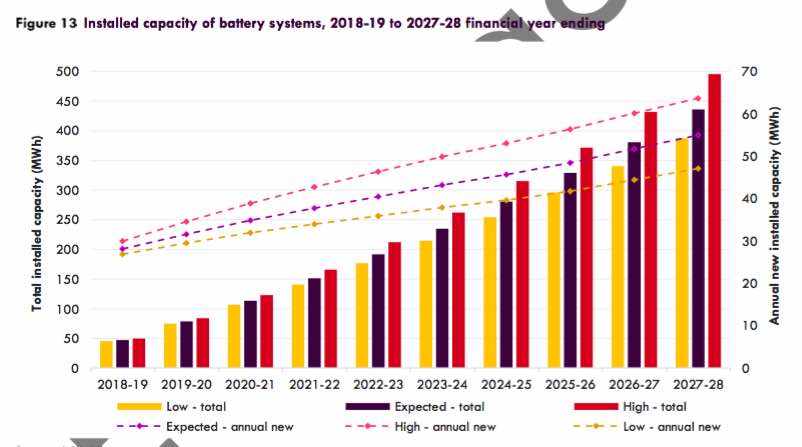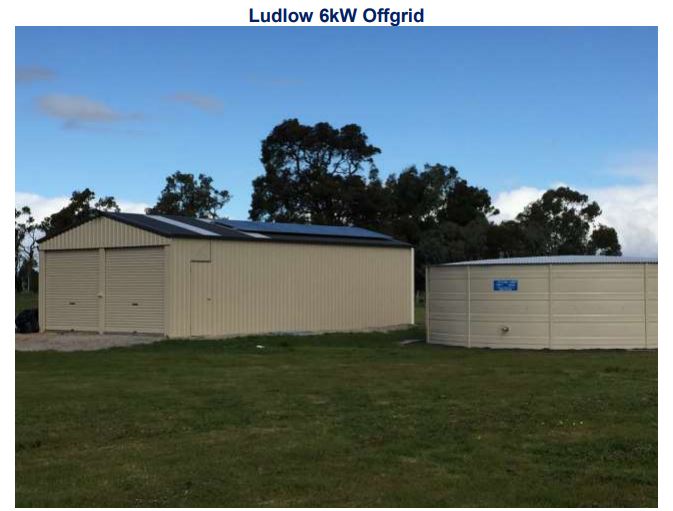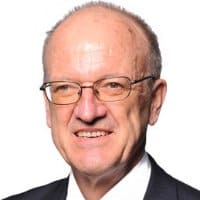The combination of heavy proliferation of rooftop solar in South Australia and lower than average summer temperatures have combined to leave daytime solar prices to dive below zero at certain times in Q1 2021, according to a report from the AEMO.
South Australian rooftop solar drives daytime power prices below zero
RenewEconomy are reporting that South Australia set a new benchmark in the Australian electricity market, with its share of rooftop solar sending the average daytime wholesale price of electricity to below zero in the first quarter of 2021.
According to the Australia Energy Market Operator (AEMO), the average price of wholesale power in South Australia between 10am-3.30pm was -$12/MWh in Q1 – the first time this has ever happened to Australia’s main electricity grid.
According to estimates from AEMO, up to 33% of South Australian and Queensland wind and solar capacity have installed automated bidding software, with a slightly smaller amount (~20%) in Victoria. The facilities most hit were the Tailem Bend solar farm and the Lincoln Gap wind farm, both in South Australia, and the Murra Warra wind farm in Victoria.
Record Q1 installation of rooftop solar photovoltaic (PV) capacity during the first three months of 2021 has led to a 3% decrease in average operational demand from the National Electricity Market (NEM), the lowest amount of operational demand in Q1 since 2002.
The AEMO have released the Quarterly Energy Dynamics Q1 2021 and it also notes that the weather may have had some input in these figures:
East coast average Q1 maximum temperatures were the lowest since 2012, with particularly mild weather in Sydney, Brisbane, and Melbourne. The resulting reduction in cooling load, coupled with record Q1 installation of distributed photovoltaic (PV) capacity, led to National Electricity Market (NEM) average operational demand reducing by 3% on Q1 2020 levels, declining to its lowest Q1 since 2002.
The report from AEMO is well worth reading if you’re interested – it’s available in PDF form by clicking here.





